Archaeologists Identified the Body of the Famed ‘Horseman,’ Solving a 300-Year-Old Mystery
"Hearst Magazines and Yahoo may earn commission or revenue on some items through these links."
Here’s what you’ll learn when you read this story:
Following a 2019 fire at the Notre Dame Cathedral in Paris, archaeological restoration work uncovered 100 unknown burials under the cathedral, including a mysterious lead coffin.
French researchers believe they found the remains of famed French Renaissance poet Joachim du Bellay, who died in 1560.
The remains were nicknamed “The Horseman” upon discovery in 2022 because bone structure showed the man had ridden horses since a young age.
This story is a collaboration with Biography.com.
Since 1560, nobody was quite sure where the final remains of famed French Renaissance poet Joachim du Bellay wound up. They were believed to be alongside his uncle somewhere under the Notre Dame Cathedral in Paris, but when archaeologists went looking in 1758, the poet (or what was left of him) was nowhere to be found.
Then came another mystery. In 2022, archaeologists discovered an unmarked body under the famous cathedral and nicknamed it “The Horseman,” because the deceased’s bone structure showed he had ridden horses from a young age.
Now, experts believe the body is one answer to two mysteries, identifying The Horseman as du Bellay.
The French National Institute of Preventive Archaeological Research (INRAP) announced in a translated statement the discovery after more than two years of uncertainty surrounding the unidentified remains. The mystery all started with the April 2019 fire at Notre Dame. As INRAP began to work on the restoration of the cathedral, archaeologists discovered 100 unknown burials under Notre Dame. With thousands of people, typically church-goers, buried in what was a necropolis between the 14th and 18th centuries, Notre Dame stands apart from other Catholic burial grounds because the cathedral is largely built atop the cemetery.
Finding 100 sets of unidentified remains wasn’t all that surprising. But two stood out. Discovered in April 2022, they had been placed in lead sarcophagi—rather than the usual wooden coffins—and buried at the cathedral’s transept crossing, a prominent spot where its main wings intersect.
One of the lead coffins didn’t provide much mystery, with a plaque epitaph labeling it as that of priest Antoine de la Porte, who died in 1710 after 50 years of service at Notre Dame. The other, though, sparked the two-year search for The Horseman.
A forensic team from Toulouse University Hospital studied the remains, and according to Eric Crubezy—a biological anthropology professor and research director at the French National Centre for Scientific Research—the anonymous individual died in his 30s from chronic tuberculous meningitis in the 16th century. That age was unusual for burials at Notre Dame, which typically held elderly men.
Even more intriguing: Aside from Antoine de la Porte, archaeologists didn’t find any other intact tombs in the area. “Research suggests that they may have reoccupied a grave that had housed two people well known in their time,” Crubezy said in the statement.
The researchers turned their focus toward du Bellay: horseback rider, tuberculosis sufferer, and poet who died in 1560. While he was believed to be buried in the cathedral, his tomb wasn’t found in 1758 near his uncle, even though the family wanted him to be buried by his side.
So, was du Balley The Horseman? “He matches all the criteria of the portrait,” Crubezy said at a news conference, according to La Croix. “He is an accomplished horseman, suffers from both conditions mentioned in some of his poems, like in ‘La Complainte du desespere,’ where he describes ‘this storm that blurs [his] mind,’ and his family belonged to the royal court and the pope’s close entourage.”
But there’s still a wrinkle to the mystery. Christophe Besnier, an INRAP archaeologist, said at the same press conference that the man buried likely grew up in Paris or Lyon thanks to an isotope analysis of teeth and bones. Balley was likely born in Anjou in western France and later moved to Paris, dying in 1560 around the age of 35. That would make The Horseman and du Balley a tough match. But one dissent isn’t enough to dissuade everyone.
“What more can we have?” INRAP president Dominique Garcia told Le Monde. “Find [du Bellay’s] toothbrush to check that the DNA matches? His age and pathology alone offer remarkable statistical solidity.”
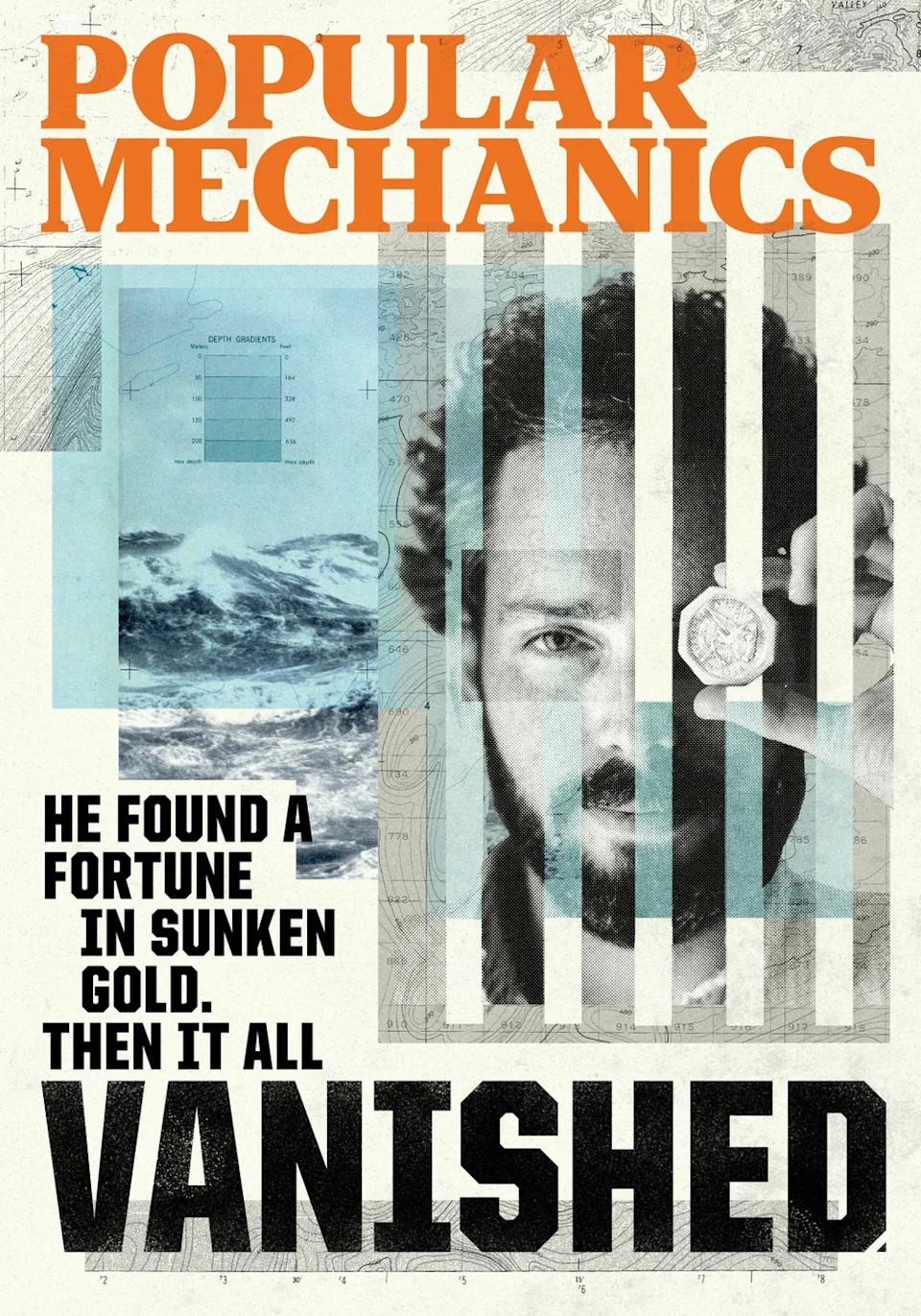 Photo credit: Hearst Owned
Photo credit: Hearst OwnedGet the Issue
 Photo credit: Hearst Owned
Photo credit: Hearst OwnedGet the Issue
 Photo credit: Hearst Owned
Photo credit: Hearst OwnedGet the Issue
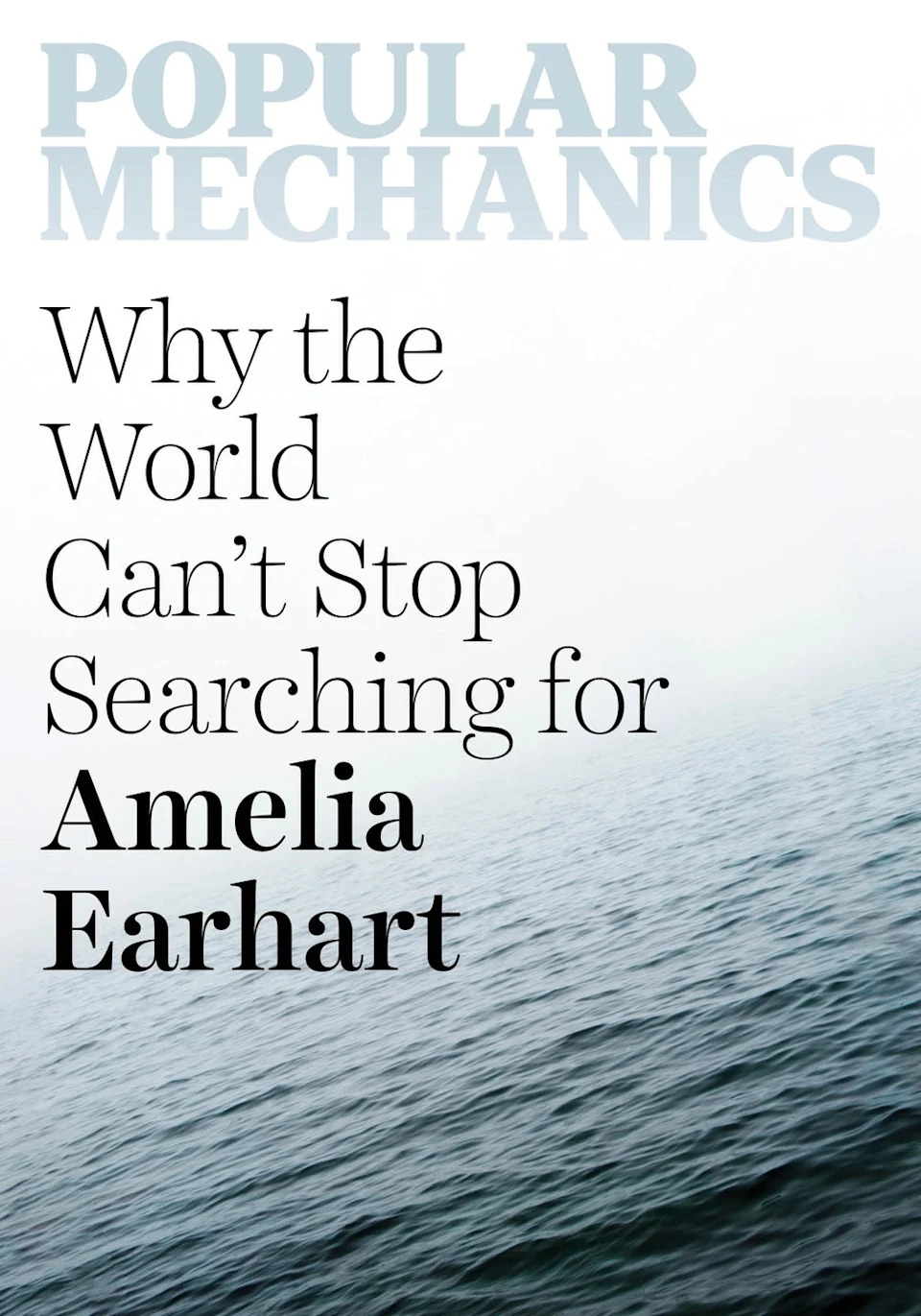 Photo credit: Hearst Owned
Photo credit: Hearst Owned Get the Issue
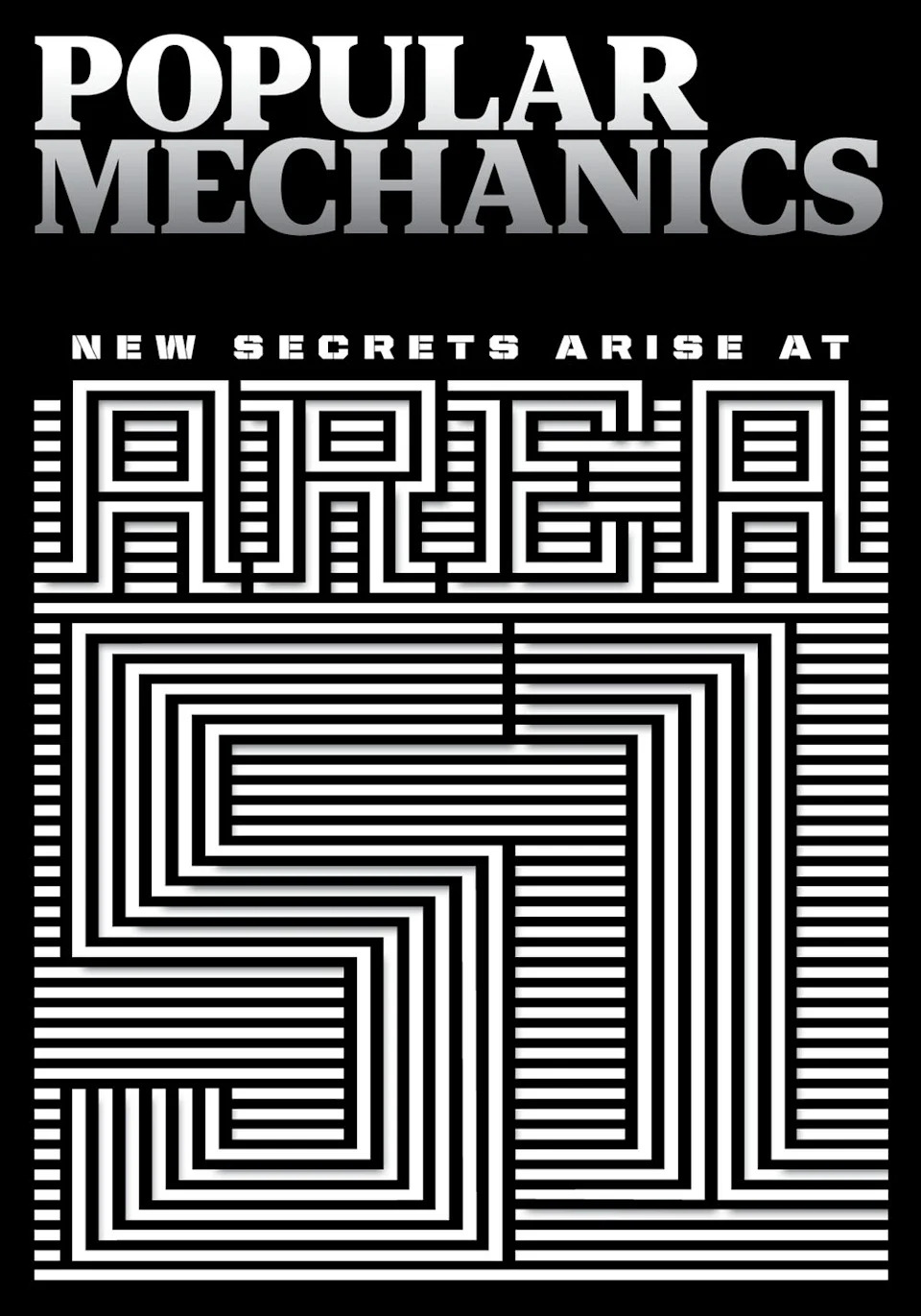 Photo credit: Hearst Owned
Photo credit: Hearst OwnedGet the Issue
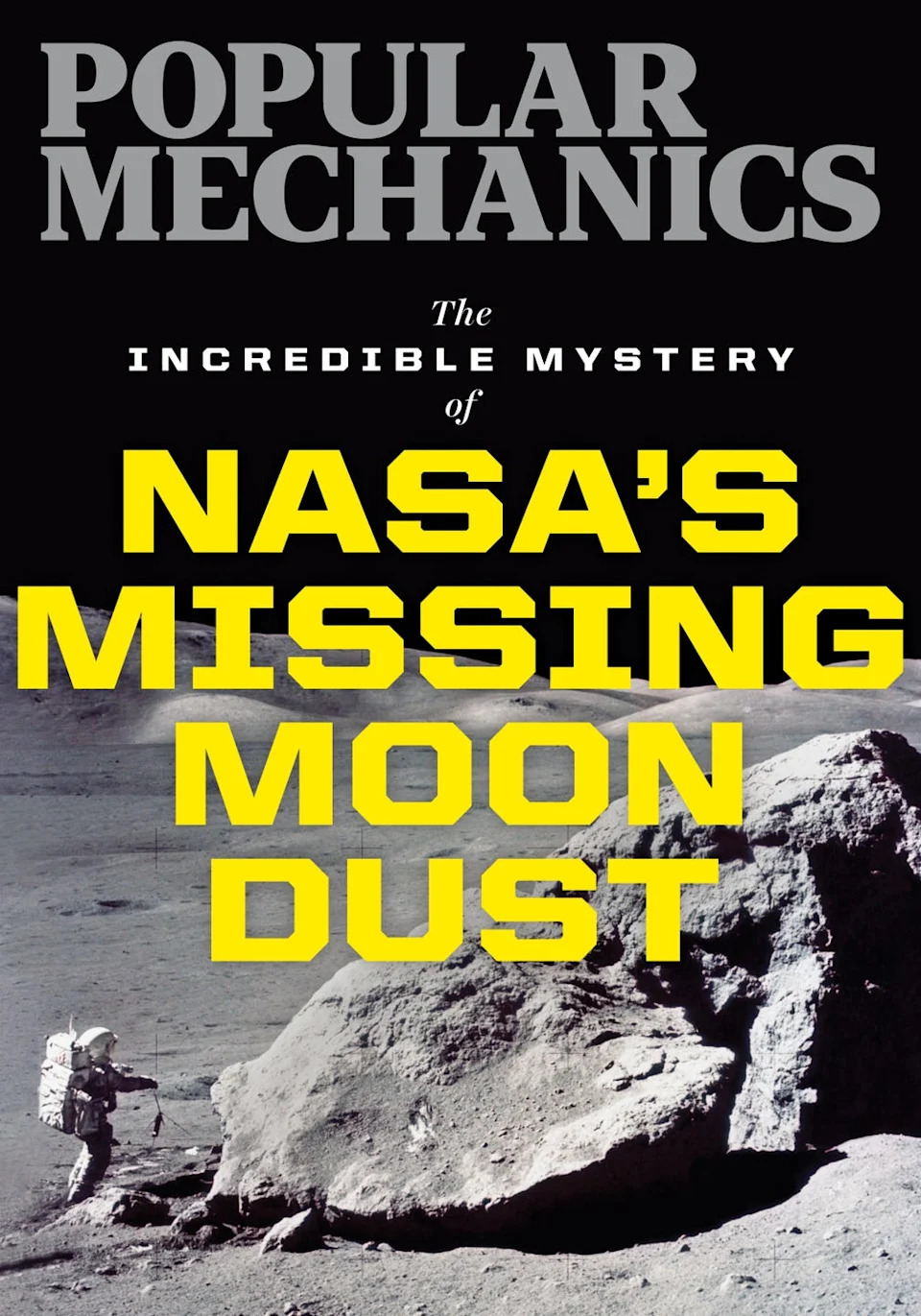 Photo credit: Hearst Owned
Photo credit: Hearst OwnedGet the Issue
 Photo credit: Hearst Owned
Photo credit: Hearst OwnedGet the Issue
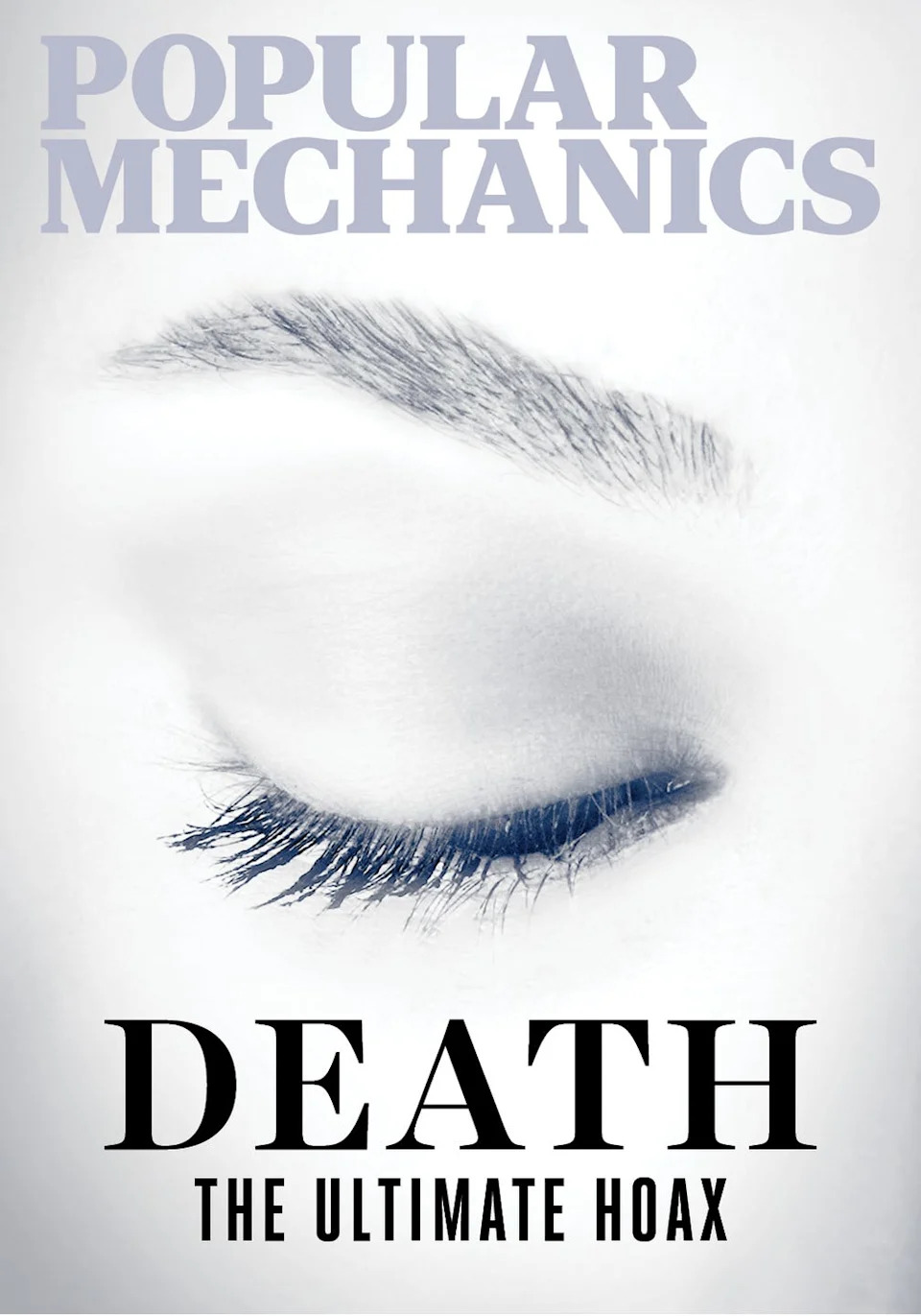 Photo credit: Hearst Owned
Photo credit: Hearst Owned Get the Issue
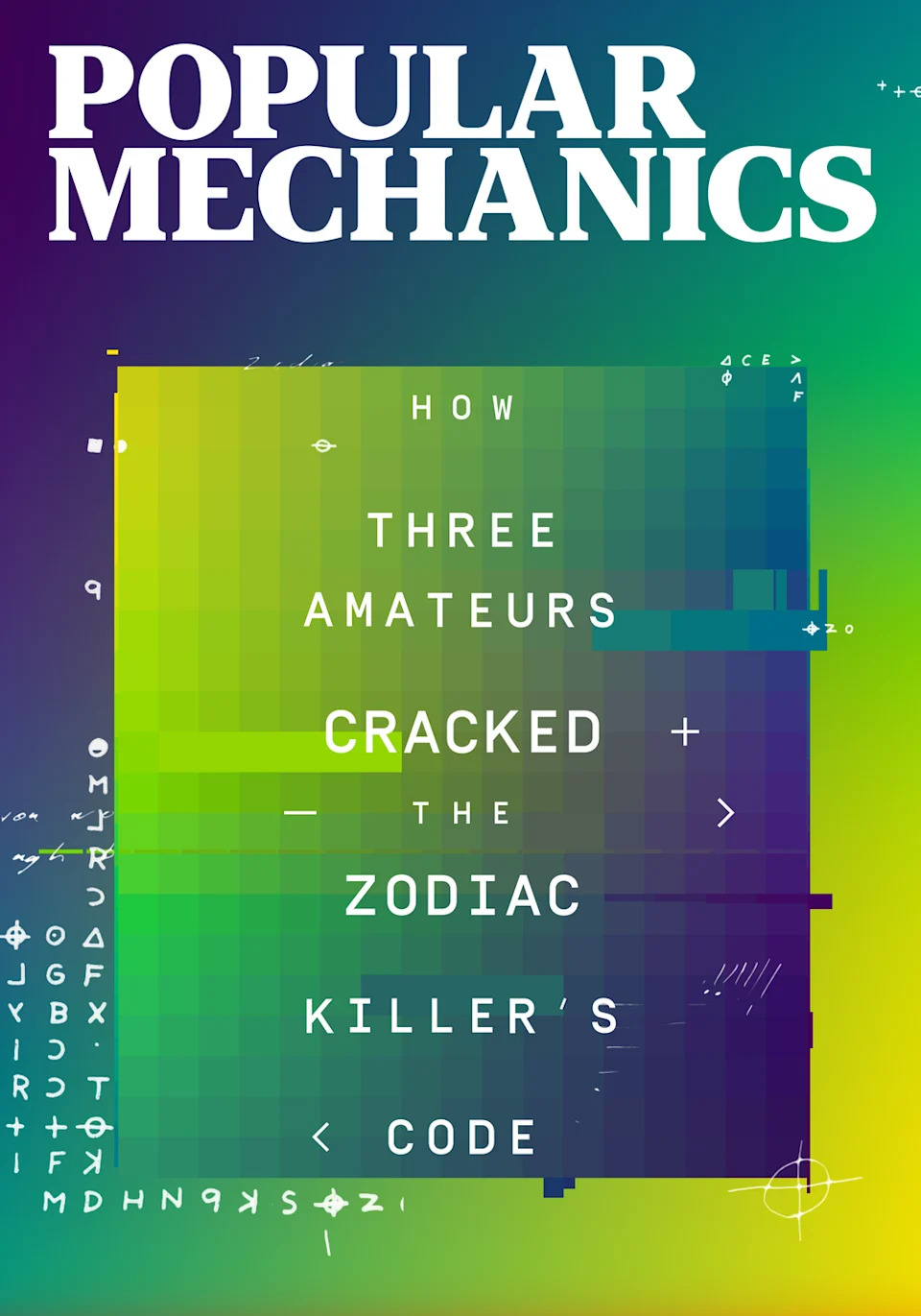 Photo credit: Hearst Owned
Photo credit: Hearst OwnedGet the Issue
You Might Also Like
The Do’s and Don’ts of Using Painter’s Tape
The Best Portable BBQ Grills for Cooking Anywhere
Can a Smart Watch Prolong Your Life?














